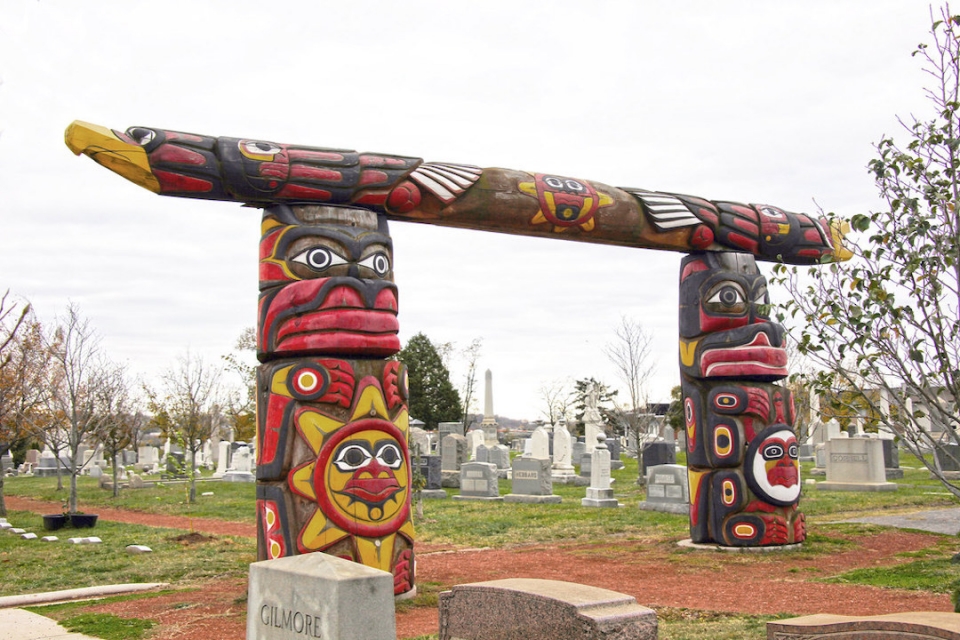A new tool will help visitors to Washington, D.C. discover the historic and contemporary landmarks of those who inhabited the city’s land before its development as the nation’s capital.
Elizabeth Rule, assistant director of the AT&T Center for Indigenous Politics and Policy (AT&T CIPP) at the GW College of Professional Studies, said D.C. is full of landmarks with historical, political and cultural connections to Native Americans.
“D.C. was built on Indian land and indigenous homeland, and there is a very strong history and ongoing contemporary indigenous presence in this city,” said Dr. Rule, who is a member of the Chickasaw Nation.
She designed and developed the app in partnership with the American Indian and Alaska Native Tourism Association and funding from the American Indian College Fund, Native Americans in Philanthropy and the Minneapolis Foundation.
It includes a walking tour map, directions and guide that highlight the contributions of indigenous peoples to the city. The app, which is available for free download for iOS devices, currently features a map of 17 locations, including learning institutions and sites of important events. Dr. Rule developed the app’s list of sites by consulting with scholars, local tribal members and historians.
“Some sites are very visible and very prominent, such as the National Museum of the American Indian,” Dr. Rule said. “But as I talked to people as I was building the list of sites to be included, it kept growing.”
The destinations include the Dumbarton Bridge (also known as the Q Street and Buffalo Bridge), Embassy of Tribal Nations, Liberty and Freedom Lummi Totem Poles at the Congressional Cemetery, and the site of the Cowboy and Indian Alliance camp, which was erected in front of the U.S. Capitol during the 2014 protests of the Keystone XL oil pipeline.
GW plans to use the app as a teaching tool for its Native American Political Leadership and Inspire Pre-College programs, which provide scholarships to American Indian, Alaska Native and Native Hawaiian students to study public policy and politics at GW.
“I would say that the amount of attention this app has received in the media reflects on the public’s interest in Native American history and contemporary affairs, and how the app has filled a need for this type of multipurpose and public-facing educational, recreational and cultural preservation resource, said Dr. Rule. “I am so excited to see more than 1,290 downloads since the app launched in July.”
Check out the Guide to Indigenous D.C. and learn about the long, rich indigenous history embedded in sites throughout the area.
Media Coverage of the Indigenous Guide to D.C. App:
- July 3, WAMU 88.5 Radio
- July 4, Indian Country Today (article and video)
- July 8, GW Today
- July 18, Cronkite News (video)
- August 9, Indianz.com (article and video)
- August 17, WUSA9 (article and video)
- August 19, WhereTraveler Washington, DC
- August 21, Washington Post
- August 31, Matter of Fact with Soledad O’Brien (article and video)


